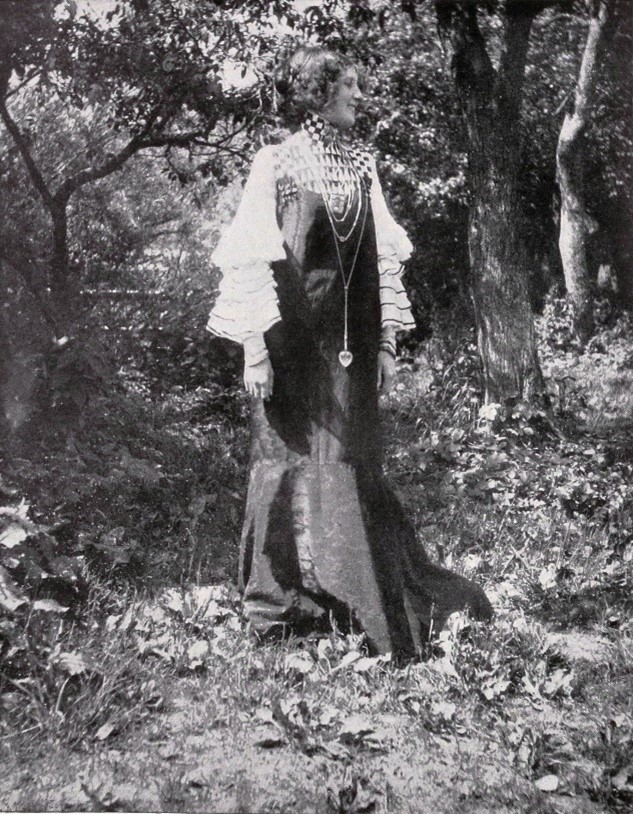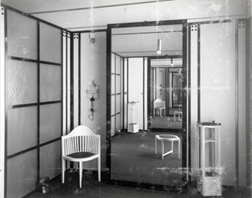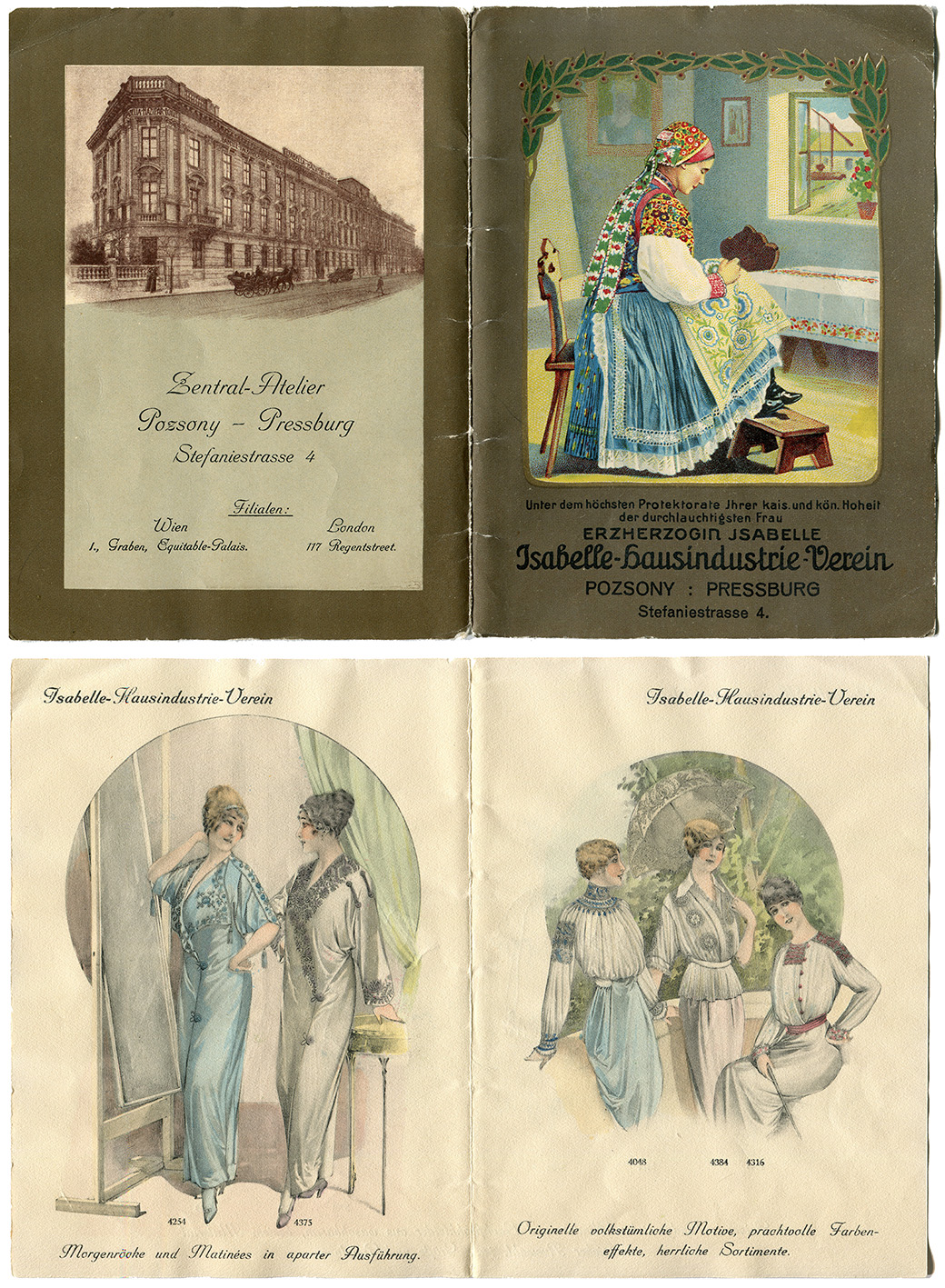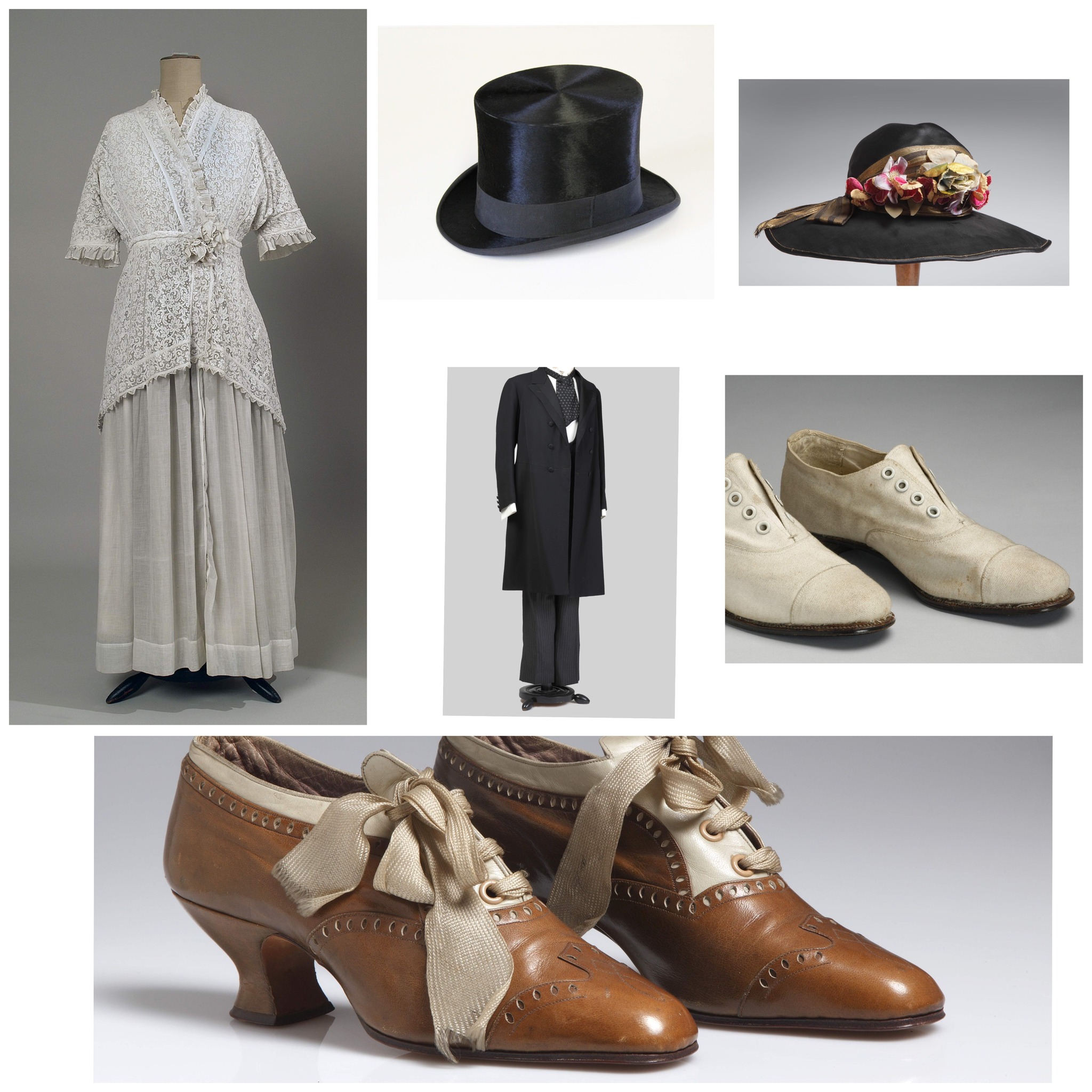ARTNOUVEAU2 - ENRICHING KNOWLEDGE ABOUT ART NOUVEAU ONLINE
22-12-2022
Within the ArtNouveau2 project, we place emphasis on the promotion of cultural heritage through the joint action of all partners making posts on social media with the activity Enriching knowledge about Art Nouveau online.
Read what we have prepared during November on the common topic of Art Nouveau Fashion:
ART NOUVEAU FASHION IN AUSTRIA:
Self-confident and visibly relaxed, Emilie Flöge poses in her latest fashion creations during the annual summer holiday at Lake Atter. She founded the Vienna fashion salon “Schwestern Flöge” together with her two sisters Pauline and Helene in 1904. Furnished by the Wiener Werkstätte according to designs by Josef Hoffmann and Koloman Moser, the shop in the Mariahilfer Straße was considered a total work of art of Vienna Art Nouveau. Emilie was responsible for the creative aspect and managing the salon. She acquired a fixed place in the Vienna art scene of the early twentieth century with her creations.
Modern and independent, Emilie Flöge embodied a new type of woman. As a “self-made woman,” she represented the new attitude toward life that was also reflected in her fashion designs. The reform or artist dresses she designed, in which she liked to present herself, represented a break with the previous tradition of the laced woman with their straight cuts falling loosely over the waist. Graphically patterned fabrics underline the flowing lines, while playful details and ornamentation emphasize the artistic craftsmanship.


Photo credit:
Deutsche Kunst und Dekoration, 1906/07 © MAK
Fashion salon “Schwestern Flöge”, 1904 © MAK
ART NOUVEAU FASHION IN SLOVAKIA:
Between 1895 and 1918, it had its headquarters in Bratislava/Pressburg, Pozsony/ a women's association for the support of “home industries” under the name Izabella. / Izabella háziipar egylet, Isabelle Hausidustrie Verein/ The association founded by Archduchess Izabella of Habsburg focused on the creation of clothing, sacred and home textiles.
The clothing design presents fashion in the Art Nouveau style following its gradual transformations from the silhouette still tightened by the corset to its release around 1910. The basis of the decoration was embroidery based on folk ornamentation.
The association won important awards at several world exhibitions and fairs and has been exported to several European countries and also overseas.

Photo credit:
Sample from the 1913 catalogue © Bratislava City Museum
ART NOUVEAU FASHION IN CROATIA:
Early women's art nouveau fashion corsets shape the female body by creating an S silhouette with a protruding chest, narrow waist and protruding buttocks. At the beginning of the second decade of the 20th century, the silhouette changes because the body is freed from the constraints of the corset and women's curves are no longer so emphasized.
Art Nouveau women's fashion was characterized by large brimmed hats that often exceeded the width of the shoulders, and were decorated with feathers, velvet ribbons and artificial flowers.
Women's shoes for formal occasions at the beginning of the 20th century were made of lacquered leather or silk and decorated with various bindings, while everyday shoes were made of leather without decorations. From the second decade of the 20th century, boots with buttons became popular.
Men's fashion did not change and kept the dark-colored three-piece suit.
Men's art nouveau headdresses, as well as clothes, retain shapes from earlier decades such as cylinders and half-cylinders, but the so-called "golf cap" with a black and white checkered pattern.
Men's footwear still kept its classic form for formal and business occasions, while light-colored sports shoes made of strong fabrics were worn for leisure time.

Photo credit:
Dress, Zagreb, round 1915. © MUO Zagreb
Bravard, Top hat, Paris, England, round 1900. © MUO Zagreb
Shoes, Vienna, 1905.-1910. © MUO Zagreb
Hat, Venice, round 1912. © MUO Zagreb
Michael Rayal & Sohn, Man suite, Osijek, beginning of the 20th century. © MUO Zagreb
Shoes, Vienna, 1910.-1918. © MUO Zagreb
Lead partner: City of Oradea (Oradea Municipality)
Other partners: Oradea Heritage and Foundation for Protection of Historical Monuments from Bihor County; National Institute of Heritage, Bucharest; Iparművészeti Múzeum, Budapest; Museum of Arts and Crafts, Zagreb; Museum of Applied Arts, Vienna; Slovak University of Technology, Bratislava; Republic Institute for Protection of Cultural Monuments, Belgrade; Kodolányi János University, Budapest.
#artnouveau2
Project co-funded by European Union funds (ERDF, IPA II).
